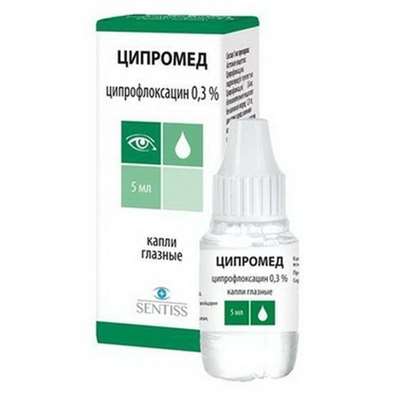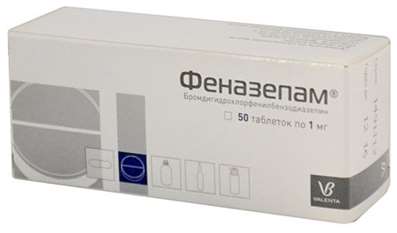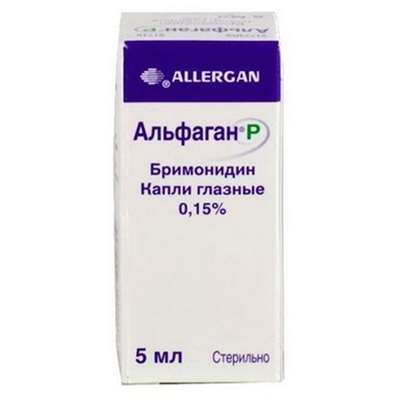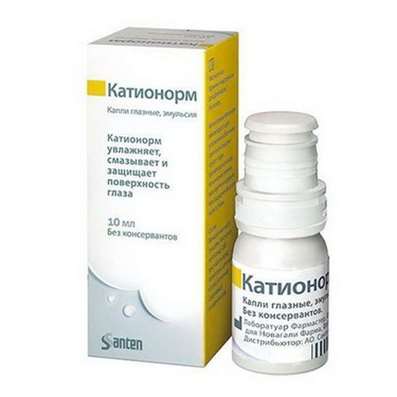Instruction for use: Laspal
I want this, give me price
Dosage form: Powder for solution for injection
Powder for solution for oral administration
Powder for solution for ingestion for children
Active substance: Lysini acetylsalicylas
Pharmacological groups
Antiaggregants
NSAID - Salicylic acid derivatives
The nosological classification (ICD-10)
I74 Embolism and arterial thrombosis: Thrombosis of effort (stress); Arterial thrombosis; Arteriothrombosis; Subacute and chronic arterial thrombosis; Subacute thrombosis of peripheral arteries; Postoperative thrombosis; Vascular thrombosis; Vascular embolism; Thrombosis of aortocoronary shunt; Arterial thrombosis; Thrombosis of arteries; Coronary artery thrombosis; Coronary thrombosis; Thrombosis of blood vessels; Thrombosis with ischemic stroke; Thrombosis with general surgical operations; Thrombosis in Oncology Operations; Vascular thrombosis; Thrombus formation in the postoperative period; Thrombotic complications; Thromboembolic diseases; Thromboembolic syndrome; Thromboembolic complication in the postoperative period; Thromboembolism of arteries; Partial vascular thrombosis; Embolism; Embolism of arteries
I80 Phlebitis and thrombophlebitis: Diseases of peripheral vessels; Inflammation of superficial veins; Inflammatory diseases of veins; Deep venous thrombophlebitis; The disease of veins; Disease of the veins of the lower extremities; Diseases of peripheral vessels; Migrating phlebitis; Insufficiency of veins of lower extremities; Exacerbation of chronic thrombophlebitis; Acute thrombophlebitis; Acute thrombophlebitis of superficial veins; Periphlebitis; Periflebit surface; Superficial inflammation of veins; Surface thrombophlebitis; Surface phlebitis; Thrombophlebitis; Deep vein thrombophlebitis; Thrombophlebitis superficial; Phlebitis; Phlebitis of deep veins; Phlebitis of superficial veins; Phlebopathy; Chronic thrombophlebitis; Endophlebitis
R50 Fever of unknown origin: Malignant hyperthermia; Hyperthermia malignant
R52.2 Other permanent pain: Pain syndrome of non-rheumatic origin; Pain syndrome with vertebrogenic lesions; Pain syndrome with neuralgia; Pain syndrome with burns; Pain syndrome is mild or moderate; Perioperative pain; Moderate and severe pain; Moderately or mildly expressed pain syndrome; Moderate and severe pain syndrome; Ear pain with otitis; Neuropathic pain
R52.9 Unspecified pain: Pain after cholecystectomy; Pain shooting; Non-malignant pain syndrome; Obstetric and gynecological pain; Pain syndrome; Pain syndrome in the postoperative period; Pain syndrome in the postoperative period after orthopedic operations; Painful syndrome of inflammatory genesis; Pain syndrome of non-oncological genesis; Pain syndrome after diagnostic procedures; Pain syndrome after the diagnostic intervention; Pain syndrome after operations; Pain syndrome after surgery; Pain syndrome after orthopedic surgery; Pain syndrome after trauma; Pain syndrome after removal of hemorrhoids; Pain syndrome after surgery; Pain syndrome with inflammation of non-rheumatic nature; Pain syndrome with inflammatory lesions of the peripheral nervous system; Pain syndrome in diabetic neuropathy; Pain syndrome in acute inflammatory diseases of the musculoskeletal system; Pain syndrome in the pathology of tendons; Pain syndrome with smooth muscle spasms; Pain syndrome with smooth muscle spasms (renal and biliary colic, intestinal spasm, dysmenorrhea); Pain syndrome with spasms of smooth muscles of internal organs; Pain syndrome with spasms of smooth muscles of internal organs (renal and biliary colic, intestinal spasm, dysmenorrhea); Pain syndrome with injuries; Pain syndrome with injuries and after surgery; Pain syndrome in chronic inflammatory diseases of the musculoskeletal system; Pain syndrome with duodenal ulcer; Pain syndrome with gastric ulcer; Pain syndrome with peptic ulcer of stomach and duodenum; Painful sensations; Pain during menstruation; Pain syndromes; Painful conditions; Painful leg fatigue; Gum pain when wearing dentures; The pain of exit points of cranial nerves; Painful irregular menstruation; Painful dressings; Painful muscular spasm; Painful growth of teeth; Pain in lower limbs; Pain in the area of the operating wound; Pain in the postoperative period; Pain in the body; Pain after diagnostic interventions; Pain after orthopedic surgery; Pain after surgery; Pain in the flu; Pain in diabetic polyneuropathy; Pain in burns; Pain in intercourse; Pain during diagnostic procedures; Pain during therapeutic procedures; Pain for colds; Pain with sinusitis; Pain in case of injury; Pain of a traumatic nature; Pain in the postoperative period; Pain after Diagnostic Interventions; Pain after sclerosing therapy; Pain after surgery; Postoperative pain; Postoperative and post-traumatic pain; Post-traumatic pain; Pain when swallowing; Pain in infectious and inflammatory diseases of the upper respiratory tract; Pain with burns; Pain with traumatic muscle damage; Pain in case of injury; Pain when extracting a tooth; Pain of traumatic origin; Pain caused by spasm of smooth muscles; Severe pain syndrome; Severe pain syndrome of traumatic origin; Postoperative pain; Postoperative pain syndrome; Post-traumatic pain; Post-traumatic pain syndrome; Torpid pain syndrome; Traumatic pains; Moderate pain; Moderately expressed pain syndrome; Moderate pain syndrome; Polyartralgia in polymyositis
Structure and Composition
1 packet of powder for ingestion (with mandarin flavor) for children contains 100 mg of acetylsalicylic acid (in the form of lysine acetylsalicylate - 180 mg) and for adults 250, 500 or 1000 mg (in the form of lysine acetylsalicylate 450, 900 and 1800 mg respectively); In the box 20 pcs.
1 bottle with powder for the preparation of injection solution (for adults only) - 500 or 1000 mg (in the form of acetylsalicylate lysine - 900 and 1800 mg respectively); In the box 20 pcs.
Pharmachologic effect
Mode of action - Anti-inflammatory, antipyretic, antiaggregational, analgesic.
It inhibits cyclooxygenase and reduces the synthesis of prostaglandin.
Indications for Laspal
Feverish syndrome, pain syndrome (including rheumatic pains). Prevention of thrombosis.
Contraindications
Hypersensitivity, peptic ulcer of the stomach and duodenum, diseases accompanied by hemorrhagic syndrome, pregnancy (last trimester).
Side effects
Possible dyspeptic disorders and ulcerative lesions of the digestive tract, gastrointestinal bleeding, hemorrhagic syndrome; Allergic reactions (anaphylaxis, rash, bronchospasm, etc.). When an overdose - a noise in the ears, hearing loss, headaches.
Dosing and Administration
Doses are given in terms of acetylsalicylic acid. Inside, adults - 500-1000 mg (1-2 bags) 2-3 times a day (the maximum daily dose - 6 g); Children - 25-50 mg / kg of body weight per day in 4-6 receptions (maximum daily dose: at the age of 30 months - 80 mg / kg, from 30 months to 15 years - 100 mg / kg); The contents of the sachet are dissolved in a small amount of water (can be sweetened), milk or juice. In / in (jet or drip) and / m (deep), adults - 500-1000 mg (1-2 vials) 1-2 times a day (the maximum daily dose is 4 g); Children under the age of 6 years - 10-25 mg / kg body weight per day, from 6 to 10 years - 250-500 mg per day, over 11 years - 500-1000 mg per day. As an antiaggregant, 1 packet of 100 (pediatric form) or 250 mg once a day for a long period of time.
Precautionary measures
With caution appoint for gastroduodenal ulcer diseases in history, renal failure, asthma, gout, menorrhagia, the presence of an intrauterine contraceptive.
Storage conditions of the drug Laspal
In a dry place, at a temperature of no higher than 25 ° C.
Keep out of the reach of children.
The shelf life of the drug Laspal
3 years.
Do not use beyond the expiration date printed on the package.

 Cart
Cart





